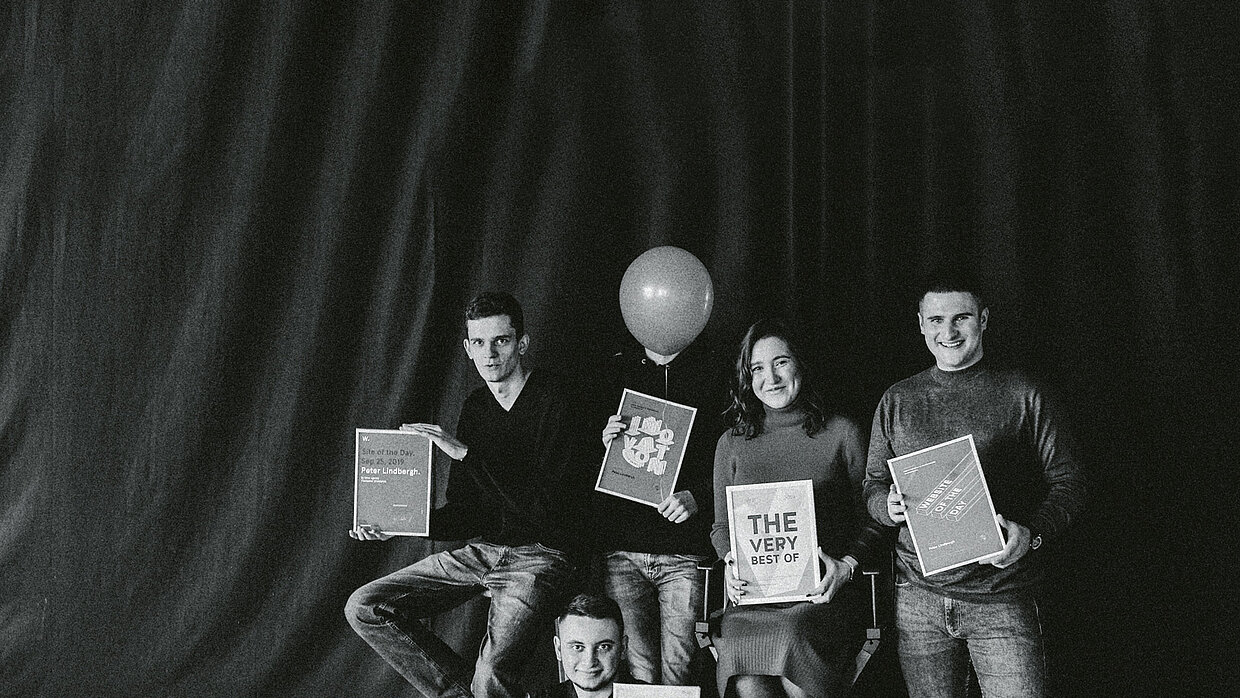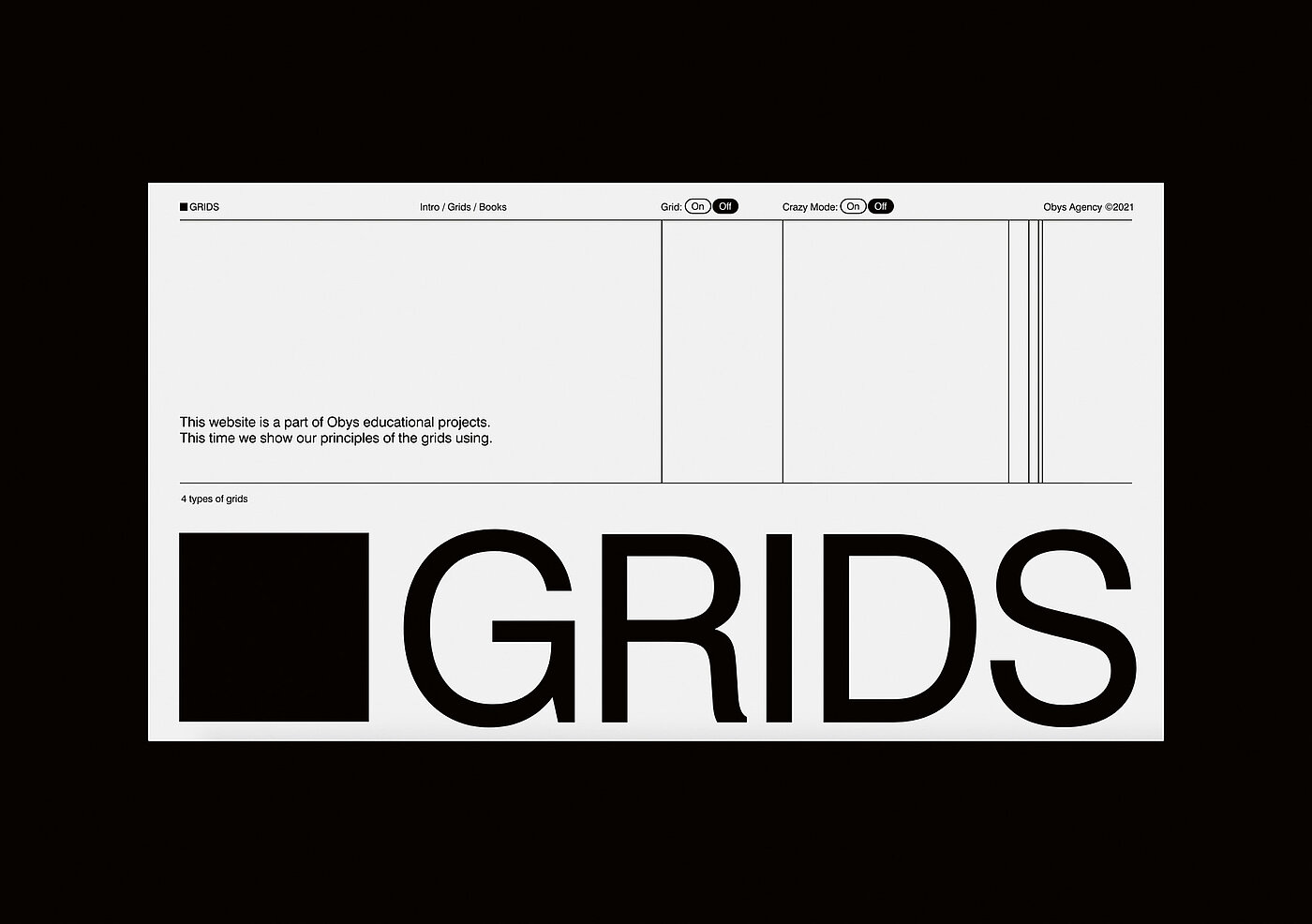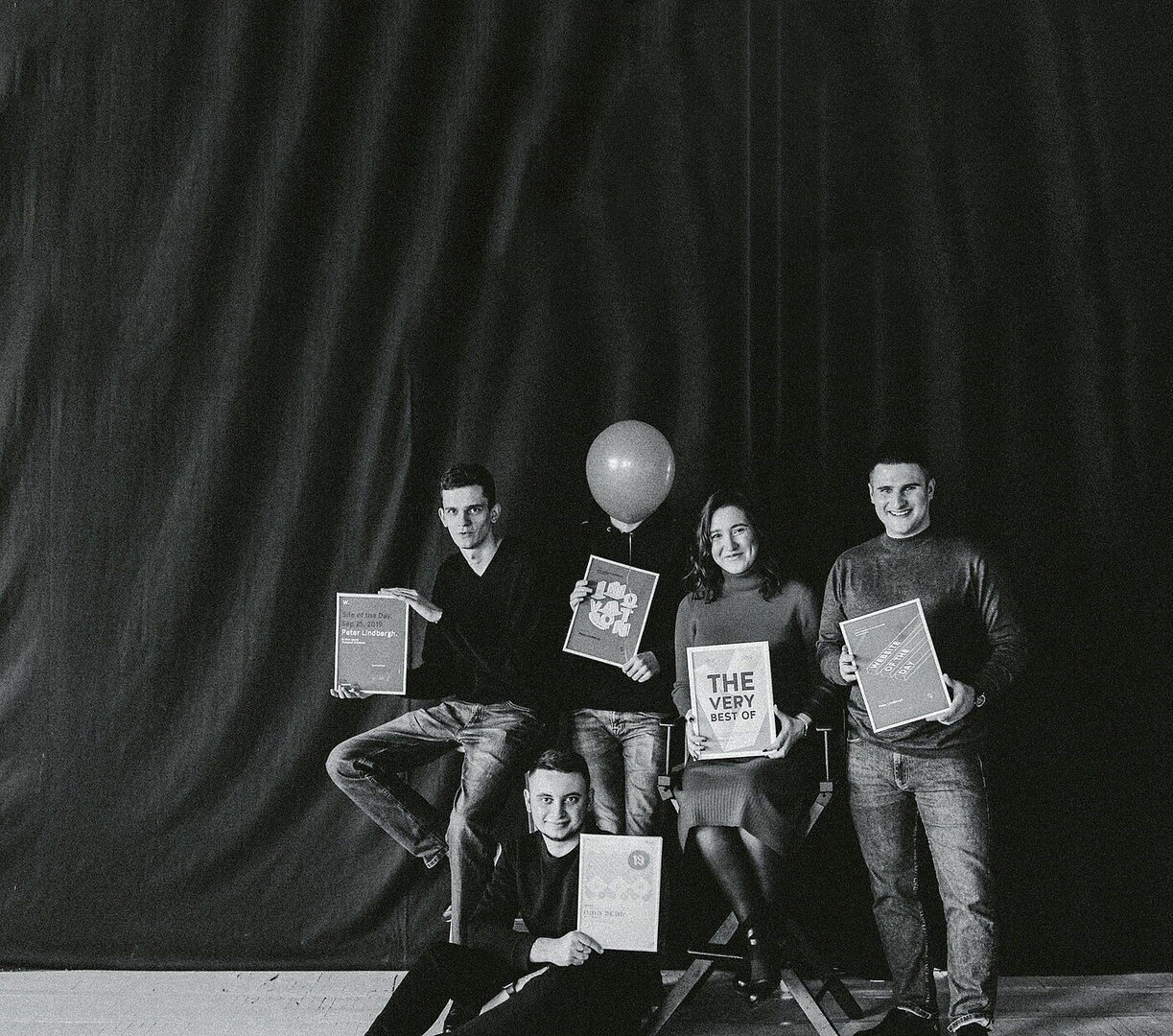
Viacheslav Olianishyn and Olha Olianishyna founded their boutique agency Obys in 2018. Specialising in creative UI/UX design and developing for international companies such as CNN, Miro, Porsche and Samsung, design awards were not long in coming. Here, technology meets emotion to realise what they themselves call “wow projects”. But Obys does not see itself exclusively as a productive collective: “We learn, grow, win and celebrate together.”
Interview with Obys agency
Red Dot: What was the initial spark for the Grids website?
Obys agency: It is part of the “Obys Design Education” series, which aims to share my knowledge and experience in using and constructing grids for graphic and web design in an engaging and interactive way. In addition, users have the option to activate the grid mode on the website and observe how it was created.
You describe grids as a tool for structuring ideas. Are grids more important for the designer or for the user?
First, it is important to bring order to the design and grids are a useful tool to achieve this. But it is clear that this is not the primary tool for creating a design – there is always an idea first. Only then should a grid be used as a helpful tool to create, maintain and replicate patterns.
For the designer, the grid defines the rules of the game; and for users, it creates a clear structure and thus predictability for the presentation of information.
To what extent is it permissible to break out of grids in web design?
As with everything in the world, in order to break the rules, one must first master them to ensure that violations are intentional and committed only when necessary. Of course, experienced designers regularly break out of the grid as part of a design concept.
Is information design or data visualisation in general becoming an increasingly important task for designers?
Of course, these tasks have always been important for designers. And now, in an age where technology is advancing so rapidly, they become even more vital. A designer must not forget the human component and the user’s ability to read any kind of information regardless of his or her abilities.
What will change in UX design – perhaps also through AI – in the future?
AI is clearly opening up new perspectives for us. Designers are already mastering AI tools that allow them to do their work faster and more efficiently. Since these tools will have a big impact on our industry, it’s our job as designers to learn how to use them as effectively as possible.
As an example, I think that, with the help of these technologies, creating simple sites will become more accessible to non-professionals and that the average UX level will improve. However, human engagement and human emotions will remain unaffected.

